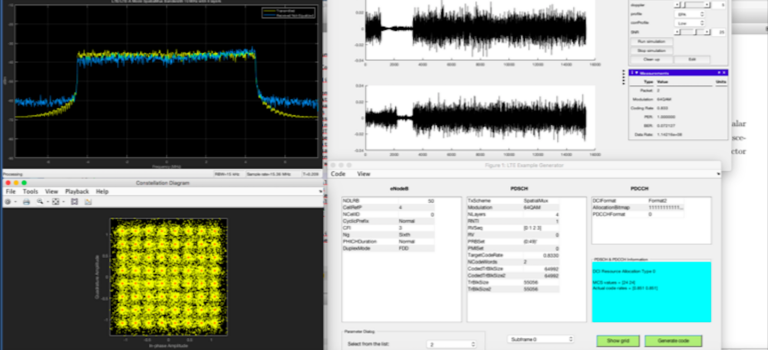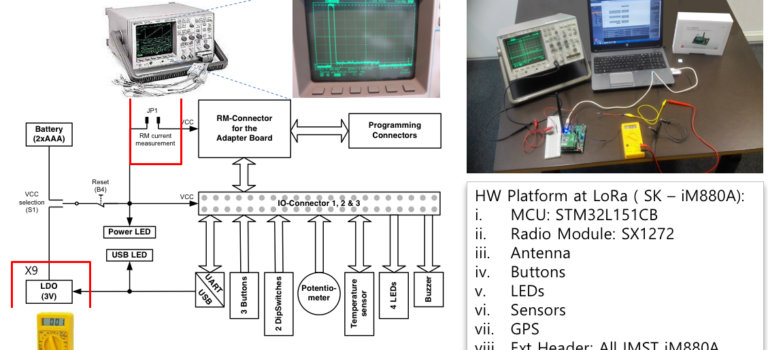Cognitive Radio Modulation and Coding Schemes using Convolutional Neural Networks
This research manifests a process of design, implementation and testing of a deep learning model based on Convolutional Neural Networks (CNN), with the objective to investigate transfer learning, its hyper parameters and its effects on the CNN’s cognitive ability to classify radio modulation and coding schemes. The interest in Deep Learning architecture such as CNN is fuelled by the advent of general purpose Graphical Processing Units (GPUs). NVIDIA’s CUDA parallel computing platform enables accelerated computing intensive application running on thousands of GPU cores in parallel. It is hoped that the high success of CNN in image classification task enabled by the faster computational throughput can be emulated in the modulated radio signal classification task. The classification task provides awareness of modulation and coding rate used by nearby emitters, which can be utilised for Dynamic Spectrum Access (DSA) to minimise interference and optimise spectrum allocation. The radio signals with different modulation and coding rate are generated for WLAN802.1ac and LTE in Matlab. The CNNs in varying model architecture are used for 2 tasks :
- the source task- classify modulation and coding rate in WLAN802.1ac, and
- the target task – classify modulation and coding rate in LTE
It is discovered that the CNN acquires high performance when classifying radio signals in LTE, at a level similar to that obtained by source task. The accuracy is higher than when CNN trains on only LTE radio signals. When the dataset is enhanced via “borrowing” and increasing dataset to threefold its size, the performance is higher for both source and target tasks. Using a CNN in transfer learning, i.e. training it on source task, and using it for target task yields prediction accuracy up to 77.54%, which is 32.41% more than without transfer learning. Further adjustment to increase similarity of source dataset to target dataset yielded prediction accuracy of up to 79.34%
This paper was published at the Digital Image and Signal Processing (DISP-19) conference held at the University of Oxford, United Kingdom.

